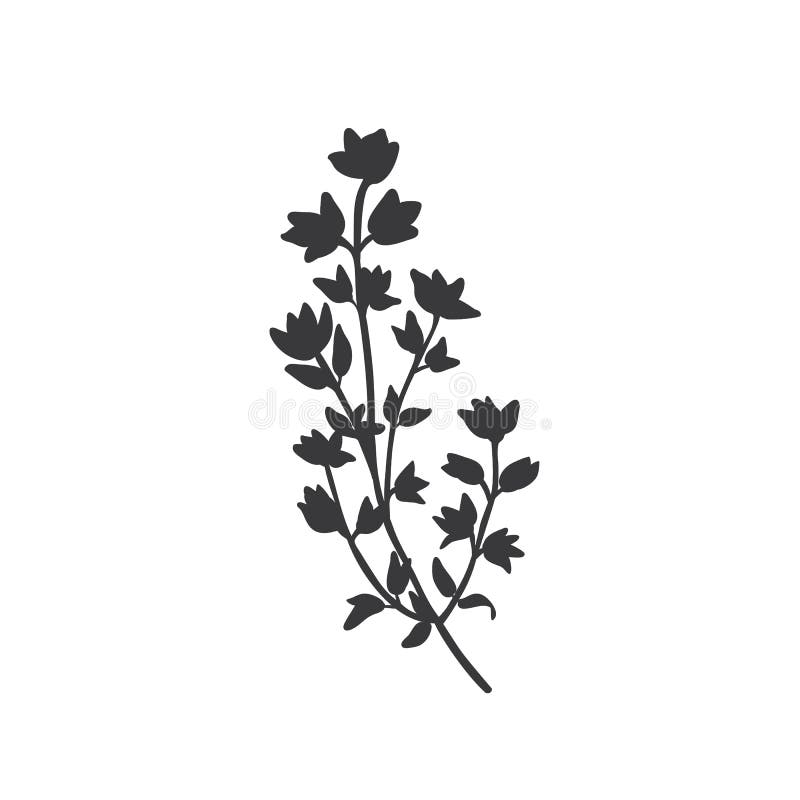Rosemary & Thyme: A Culinary Guide To Flavorful Herbs

Table of Contents
Understanding the Distinct Flavors of Rosemary and Thyme
Rosemary and thyme, while both members of the mint family, possess unique and captivating flavor profiles that make them indispensable in the kitchen.
Rosemary's Robust and Aromatic Profile
Rosemary boasts a strong, intensely aromatic flavor, often described as piney, slightly citrusy, and even slightly camphoraceous. This robust character makes it a perfect complement to rich, savory dishes. Its versatility extends beyond the savory realm; rosemary can even add a surprising depth to certain sweet treats.
- Rosemary excels in:
- Roasted meats (especially lamb, chicken, and pork)
- Potato dishes (roasted potatoes, rosemary-garlic potatoes)
- Bread (rosemary focaccia, rosemary breadsticks)
- Stuffed vegetables
- Marinades and rubs
Thyme's Subtle yet Complex Earthy Notes
In contrast to rosemary’s bold presence, thyme offers a more delicate, earthy flavor with subtle hints of lemon. Its complexity lies in its nuanced notes, making it a versatile ingredient for various cuisines. Thyme’s milder flavor allows it to blend seamlessly into a wide range of dishes without overpowering other ingredients.
- Thyme shines in:
- Soups and stews (French onion soup, chicken stew)
- Poultry dishes (roasted chicken, turkey stuffing)
- Sauces (gravy, tomato sauce)
- Vegetable dishes (roasted vegetables, ratatouille)
- Marinades (especially for fish and poultry)
Rosemary and Thyme: A Flavorful Combination
The magic truly happens when you combine rosemary and thyme. Their complementary flavors create a synergistic effect, enhancing each other in a way that is greater than the sum of their parts. The earthiness of the thyme beautifully balances the piney robustness of the rosemary, resulting in a complex and deeply satisfying flavor profile.
- This dynamic duo works particularly well in:
- Herb-roasted chicken
- Mediterranean-style vegetable dishes
- Stuffings and fillings
- Homemade spice blends
Culinary Applications: Exploring Rosemary and Thyme in the Kitchen
The culinary uses for rosemary and thyme are as diverse as their flavor profiles. From classic preparations to innovative culinary creations, these herbs add depth and complexity to any dish.
Rosemary Recipes
Rosemary's robust flavor makes it a star ingredient in many dishes. Fresh rosemary is always preferred for its superior flavor and aroma.
- Rosemary Roasted Chicken: A classic recipe that highlights rosemary's ability to infuse chicken with delicious flavor. [Link to Rosemary Roasted Chicken Recipe]
- Rosemary Bread Recipe: The fragrant aroma of rosemary baked into bread creates a delightful treat. [Link to Rosemary Bread Recipe]
- Rosemary Potatoes: Roasting potatoes with rosemary and garlic is a simple yet incredibly satisfying side dish.
Thyme Recipes
Thyme’s delicate yet complex flavor makes it a versatile addition to various cuisines.
- Thyme Soup Recipe: Thyme adds warmth and depth to many soups, especially those featuring vegetables or chicken. [Link to Thyme Soup Recipe]
- Thyme Chicken Marinade: Thyme's subtle lemony notes complement chicken beautifully. [Link to Thyme Chicken Marinade Recipe]
- Classic French Onion Soup: Thyme is an essential component in this iconic French soup.
Creative Combinations
Don't be afraid to experiment! Rosemary and thyme pair well with other herbs and spices, opening up a world of flavor possibilities.
- Try combining rosemary and thyme with garlic, lemon, and olive oil for a Mediterranean-inspired flavor profile.
- Experiment with rosemary and thyme in Asian-inspired dishes by adding them to stir-fries or noodle dishes.
- Infuse olive oil with rosemary and thyme for a flavorful addition to salads and dips.
Growing Your Own Rosemary and Thyme: A Guide for Home Cooks
Growing your own rosemary and thyme offers numerous benefits: fresh herbs are always superior in flavor and aroma, and it’s a cost-effective way to enjoy these culinary treasures year-round.
- Planting: Rosemary and thyme prefer well-drained soil and plenty of sunlight. Plant seedlings or cuttings in spring or fall.
- Care: Water regularly, especially during dry periods, but avoid overwatering.
- Harvesting: Harvest sprigs as needed by snipping stems just above a leaf node.
- Storage: Fresh rosemary and thyme can be stored in the refrigerator for up to a week, or frozen for longer storage.
Mastering the Art of Rosemary & Thyme in Your Cooking
Rosemary and thyme, with their distinct yet complementary flavor profiles, offer endless culinary possibilities. Their versatility extends from simple additions to roasted vegetables to complex flavor combinations in gourmet dishes. Remember, using fresh herbs whenever possible will elevate the taste of your cooking to new heights. Start experimenting with these incredible herbs today – unlock the culinary power of rosemary and thyme in your kitchen!

Featured Posts
-
 New Report Highlights Dangerous Climate Whiplash Impacts On Cities Worldwide
May 31, 2025
New Report Highlights Dangerous Climate Whiplash Impacts On Cities Worldwide
May 31, 2025 -
 Empanadas De Jamon Y Queso La Receta Mas Facil Sin Horno
May 31, 2025
Empanadas De Jamon Y Queso La Receta Mas Facil Sin Horno
May 31, 2025 -
 Foire Au Jambon Bayonne 2025 Doutes Sur La Gestion Budgetaire Et Le Deficit
May 31, 2025
Foire Au Jambon Bayonne 2025 Doutes Sur La Gestion Budgetaire Et Le Deficit
May 31, 2025 -
 Discover The Countrys Rising Business Stars A Geographic Analysis
May 31, 2025
Discover The Countrys Rising Business Stars A Geographic Analysis
May 31, 2025 -
 Nintendo Switch Indie Game Support A Critical Analysis
May 31, 2025
Nintendo Switch Indie Game Support A Critical Analysis
May 31, 2025
